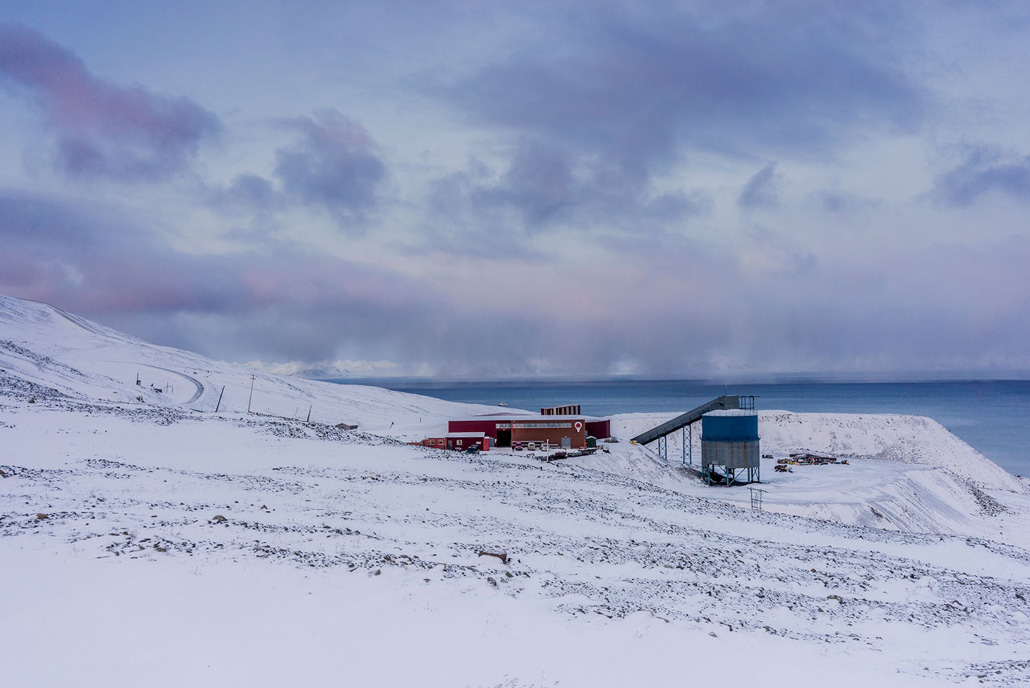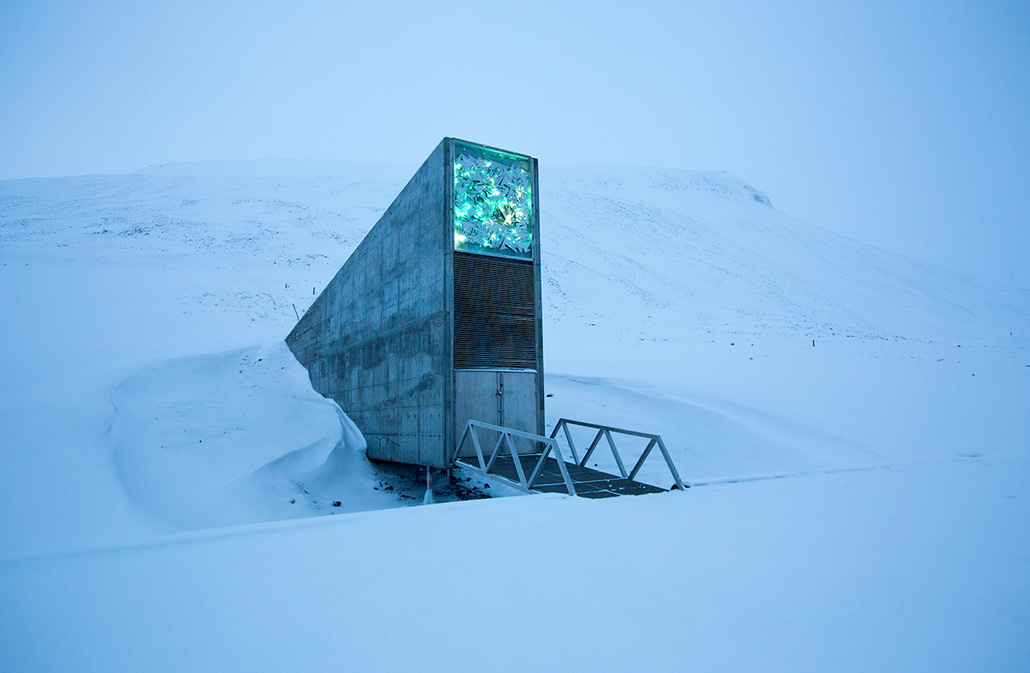
16 Sep Cold Storage is Below Freezing, Literally
Open-source code stored beneath the permafrost brings news meaning to the term “cold storage”
Cold storage has been taken to the next level. Deep below the Arctic permafrost now rests over 21 terabytes of open-source code. The code, gathered by GitHub, a code hosting website, was archived on reels of photosensitive digital film and added to their Arctic Code Vault deep in a decommissioned mine in Svalbard, Norway.
What for? Well, to outlast the apocalypse, duh.
While we’re not sure what exactly will be done with the code if the apocalypse ever does come (or how useful it will be for that matter) the main idea behind the project is preservation and archive; which is why we’re personally so excited about the project. Literal archival cold storage. In fear of being punny, how cool.
To say we’re fans of cold storage for archival purposes would be an understatement. It’s not just the inspiration for our namesake, it’s also the service at the center of the lifetime cloud storage plans we offer.
So what exactly is cold storage…other than the place you store your leftovers? In computing, it’s a way to store inactive or rarely used data in the long-term. Instead of the data being readily available for retrieval, cold storage stores the data in a low-cost way that emphasizes reliability and maximizes storage space. This way, a lot of data can be preserved for longer periods of time… similar to the way a refrigerator does for food. Get it? *Cold storage*
Other than cost, one of the major differences between cold, or archival storage, and hot, or active storage, is the retrieval time. With hot storage, data is available instantaneously, but with cold storage, restore times may take a little longer. Not too long, however. Many cold storage services, like Polarbackup, can get the data back to the user in just a few hours. The slower retrieval time, though seemingly inconvenient, is part of what helps keep the cost of the cold storage so affordable. It’s also the main argument for why cold storage is best used for archival, backup, and disaster recovery purposes.
A copy of a disk image, for example, is usually stored indefinitely in case of a system loss. But the cost of storing that amount of data with a hot storage service provider would be exponentially higher, and somewhat unnecessary. Since the disk image is rarely used, it’s the perfect candidate for being backed up with a cold storage provider. Imagine being a doctor’s office or hospital and storing copies of digitized patient files, or a university library storing backup files of digitized books. Having a copy is imperative, but paying for hot storage for such files would create unnecessary costs. This same goes for family photos, compliance files for businesses, old media downloads, and the like.

For everyone else in the world, protection of data from physical loss doesn’t need to be that extreme. A simple upload to the cloud would be equally as productive and offer the same amount of protection (… maybe not the same exact amount of protection since GitHub went above and beyond to ensure the data would survive an Armageddon, but you get it!) Fortunately, if you’d like to follow their trend of implementing cold storage to your data’s protection plan, it’s a lot easier than buying an old coal mine in northern Norway. You can grab your own piece of cold cloud storage with a number of providers. And rather than traveling north of the Arctic Circle to restore the data, it’ll be available within a few hours via a desktop dashboard. Either way, the benefits of cold storage can’t be denied. It’s definitely the *cool* thing to do.
Want your own piece of cold storage? Polarbackup’s one-time payment lifetime plans offer cold storage cloud backup plans all for under $100. Check it out at www.polarbackup.com